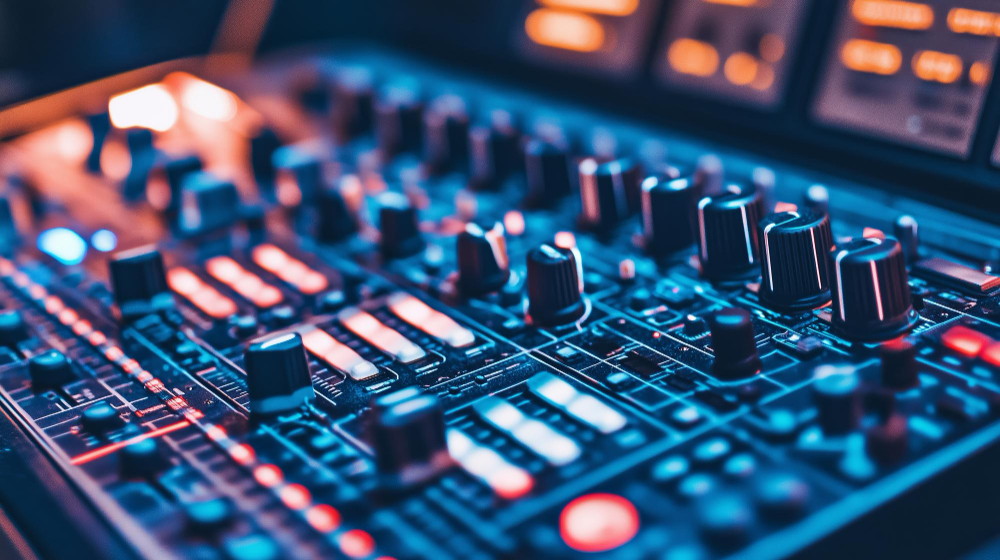Sound design stands as a pivotal, yet frequently overlooked, component within the machinery of video game development. It significantly shapes a player’s journey by crafting an auditory world that complements the visual and interactive elements of a game. By exploring the interplay between sound design and gameplay, one can appreciate how expertly crafted audio cues and scores serve as fundamental drivers of enjoyment in gaming environments.
Immersion through Sound
A well-crafted soundscape can make the difference between a game that feels like a series of tasks and one that feels like a living, breathing universe.
An excellent example is Red Dead Redemption 2, where sound plays a critical role in animating the game’s expansive open world. Each sound, whether it’s the chirping of birds, the trotting of horse hooves on a muddy path, or the noise of a busy town square, is designed to anchor the player’s presence in the game’s early 20th-century American frontier setting. The environmental sounds are so detailed and layered that players can often hear the approach of a storm before they see it, experiencing the change in wind patterns and hearing the distant rumble of thunder.
In action games like Call of Duty, sound design goes beyond ambiance, becoming integral to the gameplay mechanics. Directional sound cues, such as the echo of footsteps or the crack of gunfire, can indicate the proximity and direction of enemies, directly influencing player strategy and situational awareness.
Emotional Impact and Player Feedback
Sound effects in games also play a critical role in influencing player emotions and providing real-time feedback.
In adventure and role-playing games (RPGs), sound effects are crafted to enhance the narrative and emotional depth. In Final Fantasy XV, the orchestral score dynamically shifts to reflect the game’s narrative moments (softer tones accompany peaceful interactions, while intense, sweeping music heightens the drama of battle scenes).
In online casino platforms like Vlad Casino, the strategic use of sound design is particularly evident in slot games. Winning combinations often trigger distinctive, celebratory sound effects and musical fanfares that enhance the excitement. The auditory feedback in these slot games is thus crucial for conveying the casino experience.
The Technical Side of Sound Design
The process of creating game sound involves multiple technical steps, including recording or synthesizing sounds, then editing and processing these to fit within the game’s environment. Using digital audio workstations (DAWs) such as Ableton Live, sound designers meticulously mix and master audio to ensure clarity and balance within the game’s overall soundscape.
Integration of sound with game mechanics is another critical technical skill. This involves using specialized software like FMOD or Wwise, which are designed to integrate sounds into game engines seamlessly.
Modern sound design also benefits from advanced tools that allow for the synthesis and layering of unique sounds. Software like Spectrasonics Omnisphere offers extensive capabilities for creating rich, layered audio effects, while Native Instruments Kontakt helps in crafting realistic sound textures by combining recordings with virtual instruments.

